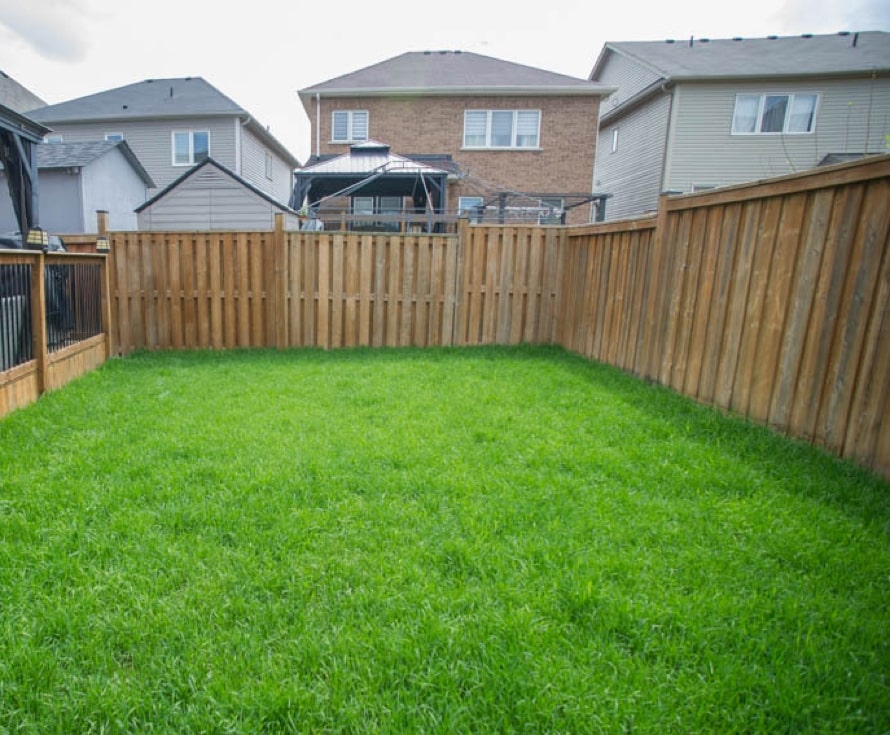A Top 10 DIY Checklist of Areas of Your Home To Inspect for Problems
Posted by C L on Monday, June 10th, 2024 | 220 views
Regular inspections of a home are key to ensuring it remains in good shape, and to prevent costly repairs in the future.
Knowing where to look can save you a lot of time and money so this short guide will highlight the top ten areas you can inspect yourself before hiring professionals.
These are the Areas of a Home You Should Regularly Inspect for Problems
1. Landscaping
Even though the landscape of your home is not a part of your it’s structure, neglectful landscaping can affect your home’s foundation and overall safety.
You can start by ensuring trees are healthy and not posing a risk to your home, and that the soil grading directs water away from your foundation.
Over time, unchecked tree branches and other vegetation can grow into the home’s structure and/or obstruct pathways, which can cause more than just aesthetic issues. Poor landscaping can lead to things like water pooling, which may seep water into the basement and further undermine the foundation.
To prevent these issues just monitor your landscaping regularly and make adjustments as the seasons and conditions change.
And consider the types of plants you place near your home because some may need more water than others and this could also potentially affect the soil moisture levels around your foundation.
Things You Can Do Now
- Regularly trim trees and shrubs to keep them from overgrowing their space.
- Adjust sprinkler system settings to avoid overwatering areas near the home’s foundation.
- Re-grade your lawn if necessary to ensure proper drainage away from your home.
- Install drainage solutions like French drains or catch basins if water pooling is a recurrent problem.
- Consult with a landscaping expert to choose plants that are appropriate for your area and won’t adversely affect your home’s structure.
This company that provides lawn maintenance services has a blog with great information on how to upkeep your landscaping throughout the year.
2. The Home’s Foundation
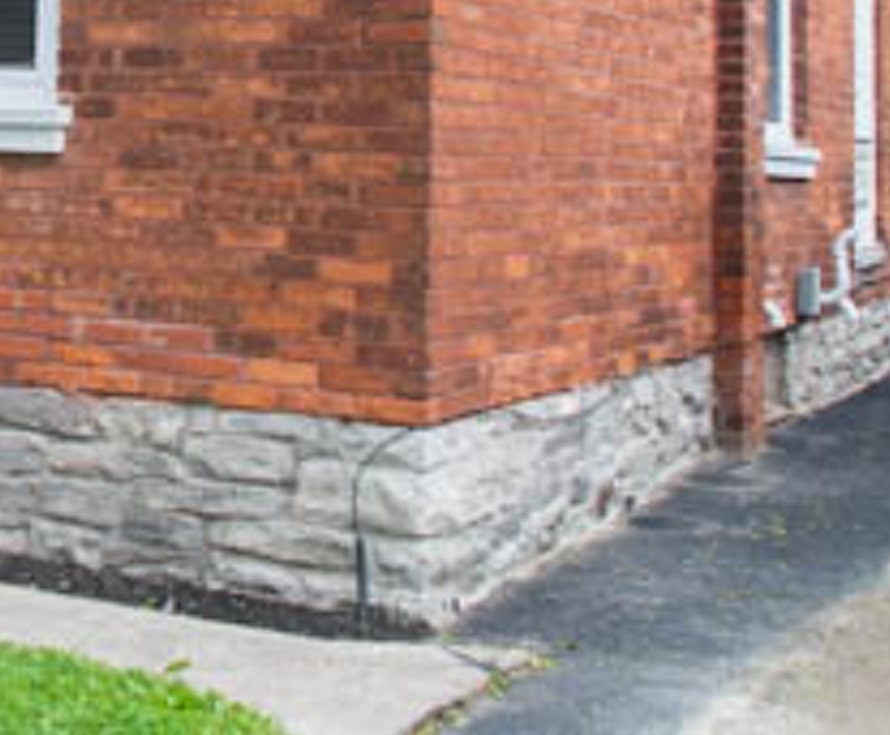 Keeping your foundation crack free helps maintain the structural integrity of your entire home. Check all around your home’s foundation for any signs of cracking or shifting. Small cracks can quickly become large ones especially if there’s water seeping on a regular basis.
Keeping your foundation crack free helps maintain the structural integrity of your entire home. Check all around your home’s foundation for any signs of cracking or shifting. Small cracks can quickly become large ones especially if there’s water seeping on a regular basis.
Seasonal changes (like extreme hot or cold temperatures) and moisture can exacerbate existing small cracks and make set the stage for more problems in the future. Even the large roots of vegetation can cause structural damage by pushing against the foundation and making smaller cracks bigger.
To safeguard against this problem, just inspect your foundation on a regular basis, and especially after a few bouts of extreme weather. Just look for signs of uneven settling or areas where water collects, because these can be the beginning to more serious issues.
Things You Can Do Now
- Conduct a seasonal inspection of your foundation, looking for new cracks or changes in level.
- Ensure downspouts and gutters are directing water away from your foundation.
- Remove any large plants or trees near your foundation that could cause damage with their roots.
- Seal any small cracks with appropriate caulking or cement sealant to prevent water intrusion and further damage.
- Consider a professional assessment if the cracks are significant or if movement is detected.
3. Plumbing System
Plumbing issues can escalate quickly, and become quite costly and need extensive repairs if not addressed promptly. For instance, a burst pipe can quickly flood an entire floor and cause widespread damage to the flooring, walls, and your personal property.
All visible pipes should be inspected for signs of wear, leaks, or corrosion. And don’t forget to check under sinks, outside and in the basement. One small drip can lead to serious water damage and even put a spike in your hydro bill.
To avoid such situations, familiarize yourself with the location of the main shut-off valve in your home and inspect pipes during seasonal changes because temperature fluctuations can cause pipes to crack or leak too.
Things You Can Do Now
- Check for leaks in exposed pipes and around appliance connections.
- Insulate pipes in areas prone to freezing during colder months.
- Install leak detectors in high-risk areas like under sinks and near water heaters.
- Schedule bi-annual inspections with a licensed plumber to identify potential issues.
- Replace any hoses or fittings that show signs of wear or corrosion.
4. The Electrical System
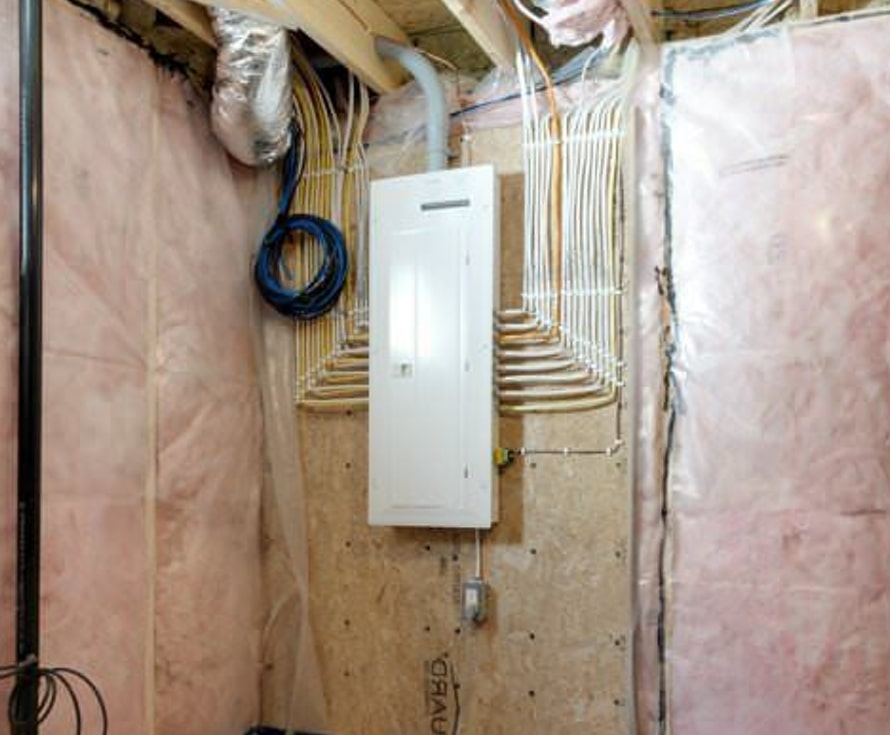 Safety comes first when it comes to any electrical system. Over time, electrical systems start to degrade, and outdated systems may not be compling with current safety standards and technologies, and can pose a serious fire risk.
Safety comes first when it comes to any electrical system. Over time, electrical systems start to degrade, and outdated systems may not be compling with current safety standards and technologies, and can pose a serious fire risk.
Start by looking for frayed wires, outdated wiring, and malfunctioning outlets – those are good places to start. It’s wise to have a professional electrician review your system every few years too, especially in older homes that are at least 50 to 20 years old.
Also take note that modern appliances might require more power than what an older electrical system can safely deliver.
Things You Can Do Now
- Test smoke detectors regularly and replace batteries when they get low.
- Use outlet covers in unused plugs, especially if there are small children in the home.
- Regularly inspect cords and plugs for damage, wear and teat, and have them replaced if necessary.
- Hire a certified electrician to perform a thorough inspection every few years.
- Upgrade any circuit breakers or panels that no longer meet your home’s electricity demands.
Remember, frequent inspections and upgrades can go a long way to preventing dangerous conditions like electrical fires, and pay close attention to areas with high electricity demand, like kitchens and laundry rooms.
5. Heating and Cooling Systems
Maintaining your HVAC system is key to keeping your energy costs low. Inefficient systems can lead to higher energy costs and also shorten the lifespan of your HVAC equipment. This is why regular HVAC maintenance is always advised because it ensures that your systems are not overworking, which can lead to breakdowns during peak seasons.
Replace filters regularly, and schedule maintenance checks to ensure your heating and cooling systems are operating efficiently.
For optimal performance of your HVAC system, clear up any debris from around your outdoor units and make sure that the indoor vents are not blocked by any furniture or curtains.
Things You Can Do Now
- Replace or clean HVAC filters every three months, or more often if you have pets or allergies.
- Schedule annual professional maintenance before major season changes.
- Keep at least two feet of clearance around outdoor heating and cooling units.
- Ensure vents inside your home are not blocked and air can circulate freely.
- Consider installing a programmable thermostat to improve system efficiency and reduce energy costs.
6. Roof Inspections
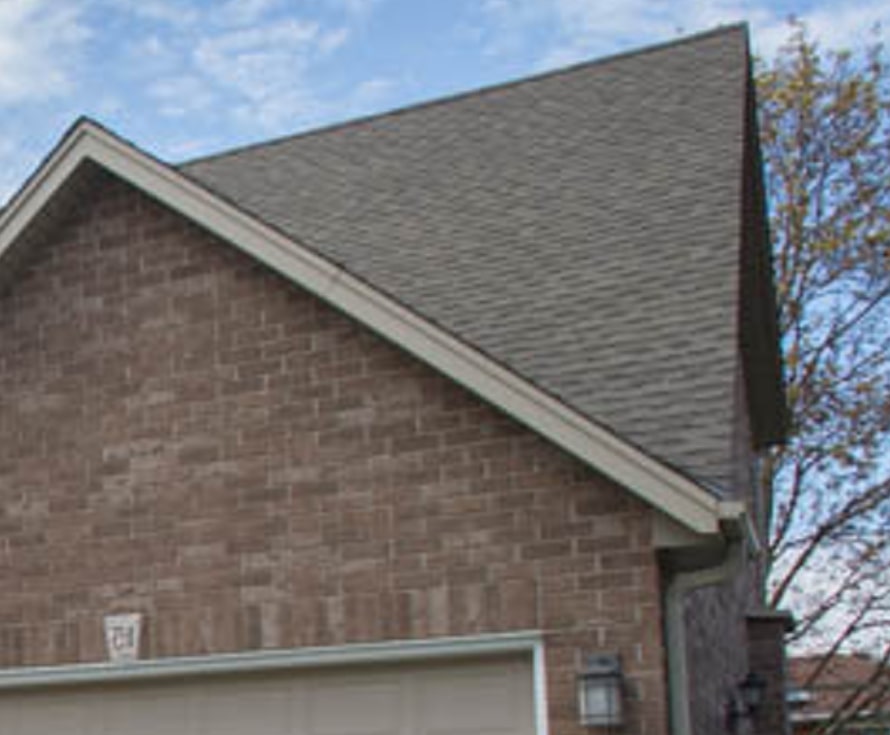 Your roof is your home’s first line of defence against the weather elements so regularly inspecting it can go a long way in helping you catch issues before they get worse and more expensive. It’s a bit of a task to do but with the right setup, and a bit of know-how, you can do a DIY inspection in under a few hours depending on the size of your roof.
Your roof is your home’s first line of defence against the weather elements so regularly inspecting it can go a long way in helping you catch issues before they get worse and more expensive. It’s a bit of a task to do but with the right setup, and a bit of know-how, you can do a DIY inspection in under a few hours depending on the size of your roof.
Neglecting roof maintenance can result in leaks, which can cause interior damage to ceilings and walls; it can damage the attic insulation, and decrease the integrity of supporting beams. It’s important that all these parts are checked because roof of debris and standing water can weigh down the structure and cause severe damage.
Right from the start you can look for things like missing shingles, holes, cracks, damaged flashing, potential leaks, and excessive moss growth. If you find any just address the problem quickly and get repairs as soon as damages are noticed.
A proactive approach can extend the life of your roof and prevent costly interior damage.
Things You Can Do Right Now
- Inspect your roof twice a year and after major storms.
- Remove debris like leaves and branches from the roof and gutters.
- Check for damaged, loose, or missing shingles and replace them promptly.
- Ensure flashing around chimneys, vents, and skylights is intact.
- Schedule a professional roof inspection if it’s over 15 years old or if you notice signs of sagging.
If you’re not comfortable going on your room alone, you can hire a company for drone services to do the inspections for you. A drone inspection will be safer and be a much more efficient way of obtaining detailed images of hard-to-reach areas. If you find there are actually problems with parts of your roof, you can contact your local roofers for an inspection and repairs. Along with their inspection, you’ll need to give them a list of the problems you found and other information.
Your roof is generally strong enough and safe to walk on but read these tips if you decide to do the inspection yourself.
7. Check Windows and Doors
Old or worn out windows and doors can significantly affect your home’s overall energy efficiency. Things like cold drafts in the winter and heat increases in the summer can force your HVAC system to work harder, increasing your energy bills too.
It’s easy to do. Just check all your windows and doors for drafts and poor sealing, and make sure seals are intact. You can also consider upgrading to energy-efficient windows and door if you find that they’re completely outdated.
The goal is to ensure that all gaps are constantly sealed and that the windows and doors open and shut properly.
Things You Can Do Now
- Install weather stripping around leaky doors and windows to seal air leaks.
- Repair any damaged frames or panes if possible.
- Apply window film to provide an extra layer of insulation on leaky windows.
- Replace old windows and doors with new energy-efficient models.
- Regularly clean and lubricate window and door tracks to ensure they close tightly.
8. The Attic
Your attic should have proper insulation and ventilation so it needs to be inspected too. Insufficient or damaged attic insulation eventually leads to heat loss in the winter and excess heat in the summer – all affecting your energy bills and the comfort of your home.
Poor attic ventilation can also lead to moisture buildup, which can promote mold growth and deteriorate attic materials and the structure over time.
To ensure that your attic is in top condition, assess its insulation and ventilation systems regularly.
Things You Can Do Now
- Check the depth and condition of your attic insulation and upgrade if necessary.
- Ensure that attic vents are free from blockage to promote proper airflow.
- Install new attic vent fans if needed to improve ventilation.
- Seal any gaps or holes that may allow air exchange between the attic and living spaces.
- Consider an energy audit to assess the overall efficiency of your attic and other areas of your home.
9. Eaves and Downspouts
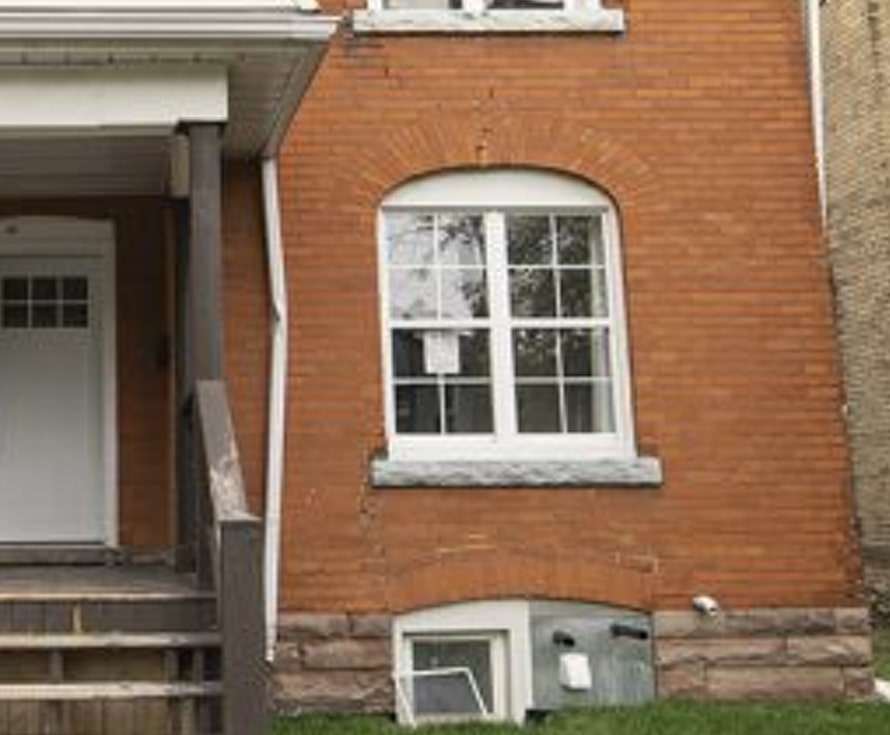 Clogged eavestroughs can lead to overflow and water infiltration into your foundation or basement, and can damage both the exterior and interior of your house.
Clogged eavestroughs can lead to overflow and water infiltration into your foundation or basement, and can damage both the exterior and interior of your house.
You have to ensure your eavestroughs are clean and free of debris and that they direct water away from your home’s foundation.
Things You Can Do Now
- Clean your gutters at least twice a year and after heavy storms if needed.
- Check for and repair any leaks or holes in the eavestroughs.
- Ensure that downspouts extend at least 3-5 feet away from your home’s foundation.
- Install gutter guards to prevent debris from accumulating.
- Consider a professional eavestroughs cleaning service especially if your home is surrounded by tall trees.
10. The Exterior Walls
The walls to our homes are not immune to damage and other problems. External wall issues can compromise your home’s aesthetic, and also affect its structural integrity and insulation properties.
Simply take a walk around your home and inspect the exterior walls for signs of damage like cracks, broken bricks or panels, holes made my animals and even mold buildup. All these signs can be indicative of a deeper issue that would need to be looked at further and probably addressed by a professional.
Addressing these issues as soon as you find them can prevent more significant problems and help maintain your home’s value too.
Things You Can Do Now
- Regularly inspect exterior walls for any signs of damage or wear.
- Regularly clean them so you can keep check of their condition.
- Seal any cracks with appropriate masonry or appropriate caulking materials.
- Address any signs of mold or mildew right away with the appropriate cleaning solutions.
- Consider professional assessments for structural integrity, especially if significant damage is seen.
It’s Easy to Keep Your Home in Top Condition
Regular home inspections are your best defence against unforeseen problems and expenses so don’t wait for signs of trouble. Just be proactive about checking these areas and if you’re unsure about what to look for, consider hiring a professional inspector.
Remember, taking care of your home not only ensures its longevity and your personal comfort, but it also helps to maintain its value over time.
If you’re really on a home improvement trip, read one of our previous articles on 5 Cheap Home Improvement Ideas That Will Save You Money – you’ll love them!
